The wire sizes vary depending on the amperes of power. So it’s crucial to choose the right dimension, especially regarding safety. One of the most often asked wiring questions is the correct wire size for a 60 amp breaker.
We also offer other pertinent information that you might not be aware of or still find confusing, such as the significance of choosing the right wire size and what steps should be taken before making a decision. Now is the time to clarify the query.
What Size Wire Is For 60 Amps?
Specialists and qualified electricians advise using wire-size gauges between 6 AWG and 4 AWG for 60 amp breakers.
Nevertheless, some electricians recommend installing only 4 AWG wires for 60 amp breaker panels.
Compared to 6-gauge wire, 4 AWG can carry larger amperage, which explains why it’s preferred. In detail, a copper wire with a 4 AWG gauge can withstand at least 70 amps of current before failing. On the contrary, the maximum electrical current that a copper wire of size 6 AWG can handle before failing is 55 amps.
The 4- or 6-gauge are additional viable wire sizes for a 60-Amp subpanel that is 50, 100, or 150 feet away.
A 6-gauge wire can handle 50 feet of electrical current at 60 amps. Once you’ve traveled 100 feet, switch to 4-gauge wires. The length of 150 feet also fits within this range. Therefore, even though 6-gauge wiring has a 60 amp rating, 4-gauge ones are ideal.
Why Is Choosing The Correct Wire Size Vital?
When choosing the optimum wire size for any breaker, it is important to keep safety in mind. The conductors of the wire can withstand the electrical current running through it, depending on the overall size of the breaker’s cable.
Choosing an appropriate size that will prevent your appliances from overloading is the objective in most situations. The use of heavy equipment like electric furnaces and heaters is typically connected with 60-amp circuits. Since they consume a lot of electricity, the improper gauge increases the likelihood of overloading.
The breaker may also sustain damage. Even though it could trip several times, the electrical circuit breaker will finally fail.
If the cable cannot withstand the current, it might accidentally overheat, melt, or even burn, starting a fire disaster that could eventually destroy your house.
Collectively, to maximize safety and eliminate the strain, you must choose the proper size of wire with the capacity to support the required amperage load.
What Should Be Taken Into Account Before Selecting the Appropriate Wire Size?
Before choosing the proper electrical cable size, three elements are crucial: the wire’s length, material, and temperature ratings.
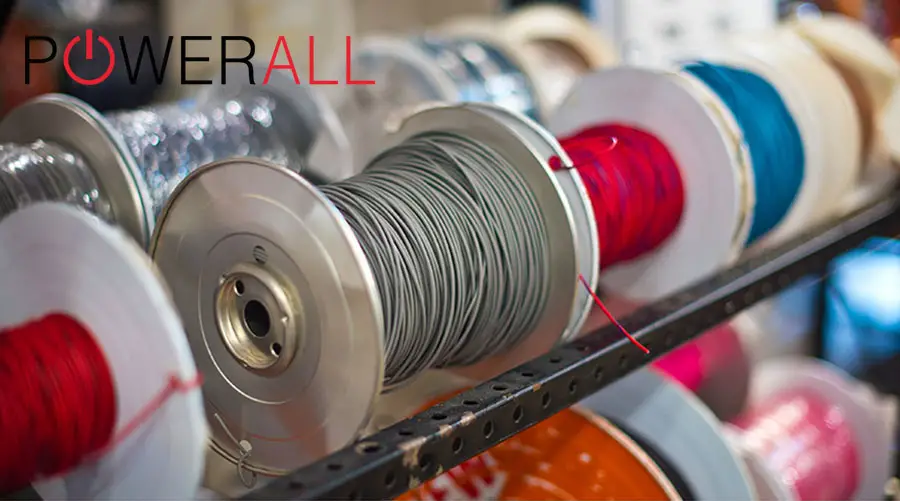
1. The Wire’s Length
The wire’s length is a factor you should focus on first. That is due to the wire’s proportionate relationship between length and resistance. The resistance increases as the electrical current across the wire decreases.
Thus, try picking the right length in addition to the right wire size.
2. The Material’s Length
Silver, copper, and aluminum are all possible materials for electrical wire construction. Silver has excellent electrical conductivity. But it is the least universal option because it is not a cheap alternative.
The material mostly used to make these wires is copper. The conductivity and flexibility of copper wires are only two of their numerous benefits. In contrast, aluminum wires have less conductivity than copper despite being a less expensive option.
Additionally, copper wiring may safely carry greater electricity than aluminum ones when they have the same gauge. For instance, a copper wire of 10-gauge can transport 35 amperes at 167 degrees Fahrenheit, while an aluminum one can only take 30 amperes.
3. Temperature Ratings
The gauge’s rating will adjust when the rating of the surrounding temp (the ambient temperature) changes. Greater ampacity corresponds to higher temps ratings.
Take a 10-gauge wire, for instance. It has a 30 amp capacity at the typical 140-degree F temp rating. Nevertheless, the ampacity increases to 40 if you boost that number to 194 degrees F.
Related Questions
Can 60 Amps Be Carried By 8, 6, or 10 Gauge Wire?
No. According to the general rule of the wire size for 60 amp breaker, 6-gauge cables are frequently acceptable. However, 4-gauge cables are the best option in any circumstance.
To ensure safety, you must link 10-gauge wiring with 30 amperes for typical non-metallic cables, and an 8-gauge wire must be connected with 40 amperes.
Is it Possible to Upgrade An Existing Electrical Panel With a 60-Amp Breaker?
You certainly can. A 60 amp sub panel wire size or breaker can supply electricity to your home’s illumination and standard outlets. However, since you only have a 60-Amp service panel, you should change your main electrical panel to set up a new 60-Amp panelboard.
Is A Two Pole 30 Amp Breaker Capable Of Carrying 60 amps?
Yes, they can range from 20 to 60 amperes. Typically, double-pole breakers supply energy to high-power source equipment. For example, a hairdryer can handle 20 to 60 amps and supply 240 volts of electricity. Keep in mind that the breakers are small and may fit into only one opening in the breaker box.
How Much Distance Can A 60 amp Electrical Circuit Be Run?
The average calculation for wire ampacity is measured at the maximum temperature of 167°F. Hence for 60 amps of power, you should use either 4 AWG wires up to 50 ft or AWG 3 ones up to 150 ft.
Wrapping Up
We’ve already discovered that a 60-amp breaker should be 4 AMG in size (American Wire Gauge). But there may be other considerations that affect the amp cable size as well.
Additional information on the 60 amp wire size has been highlighted for your convenience. While installing an electrical system, use safety equipment such as protective equipment and clothing.
See more:

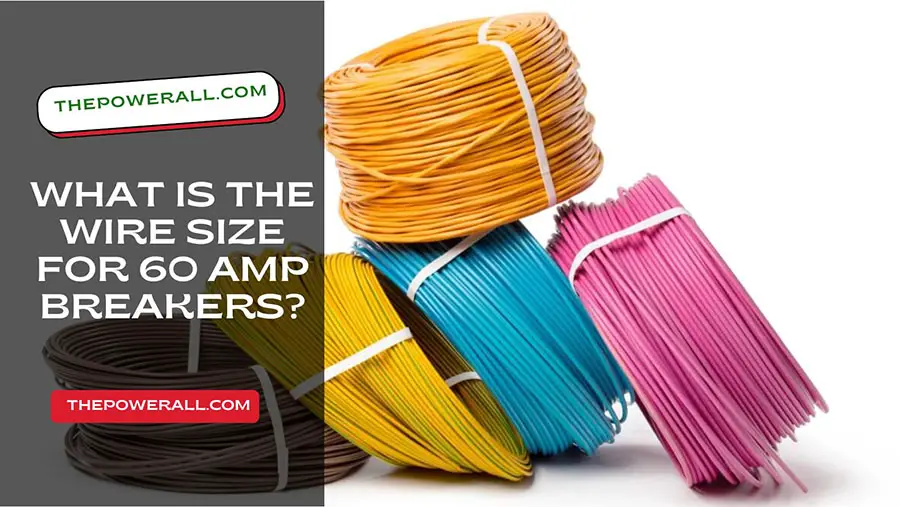

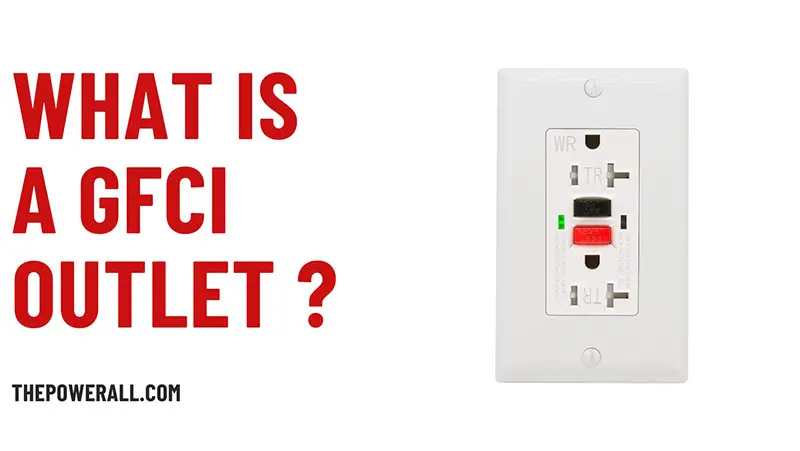
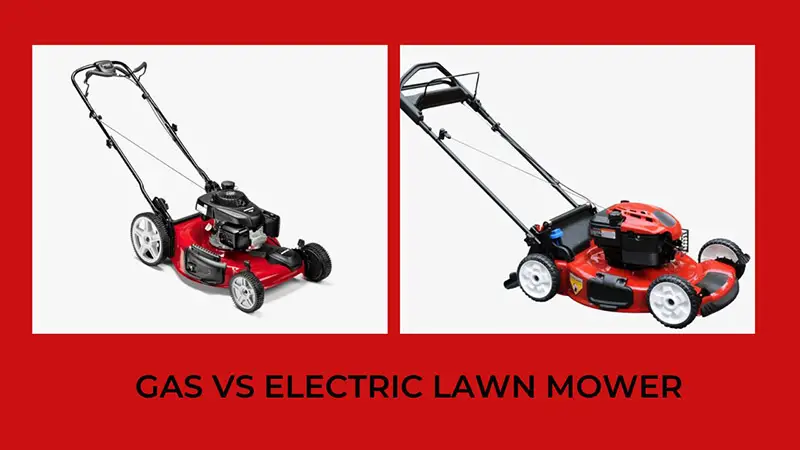
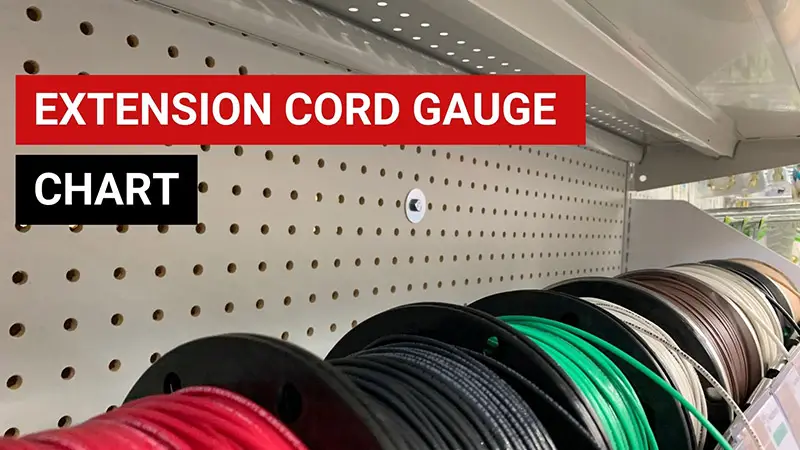
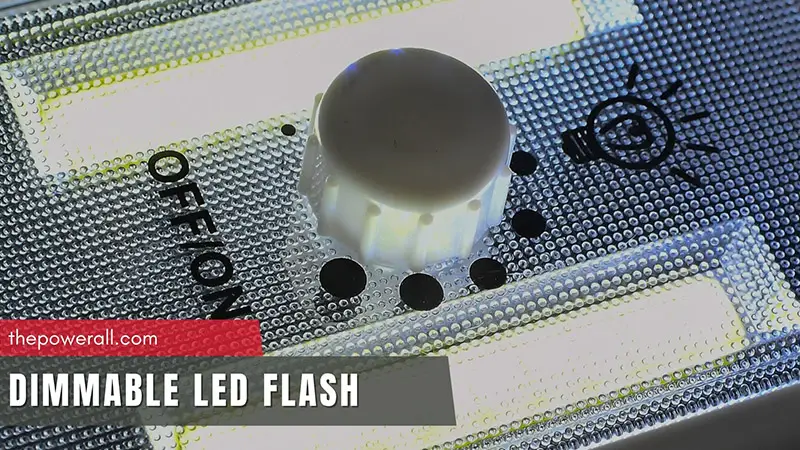
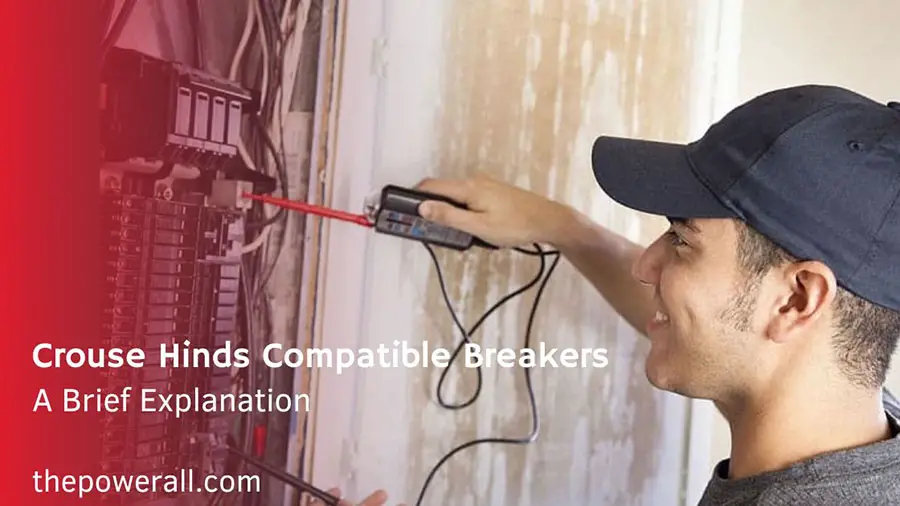
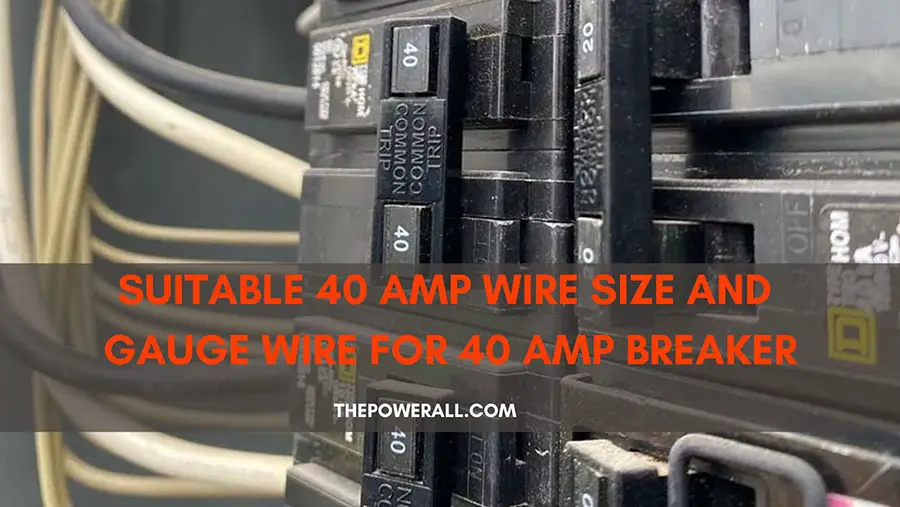

0 Comments